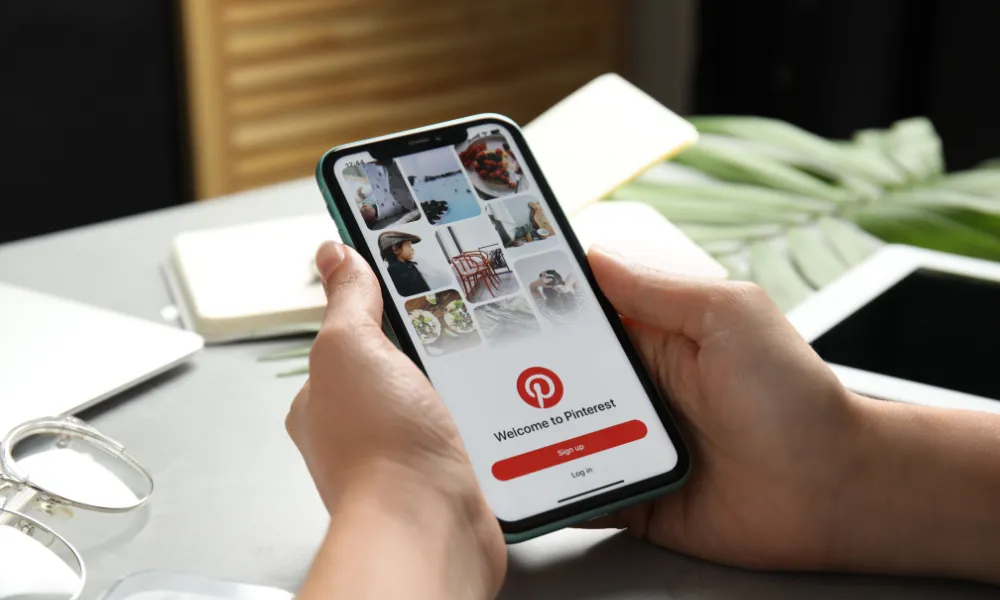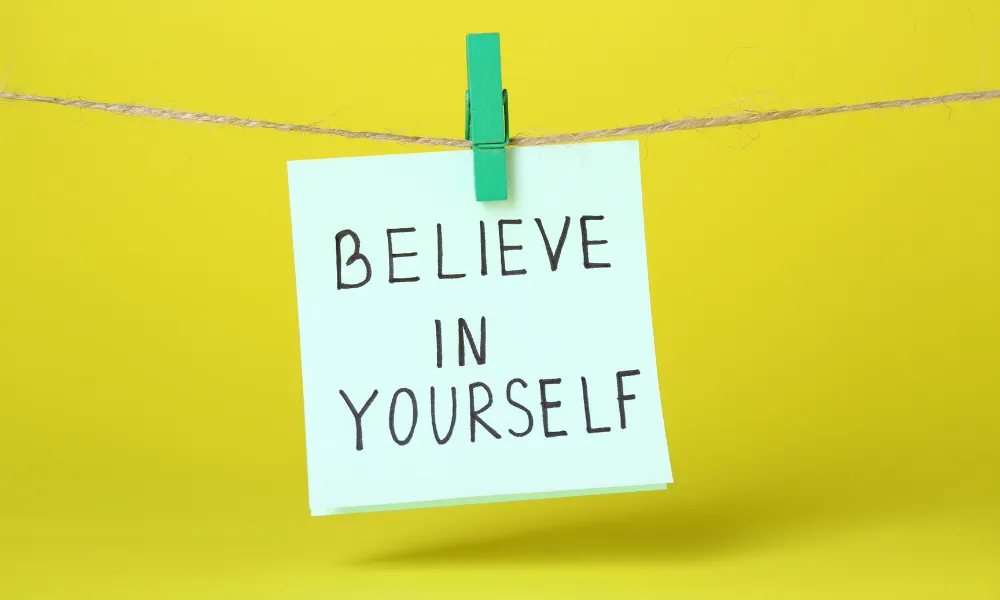Do you want to learn how to effectively repurpose content for different platforms such as Instagram, TikTok, Facebook, Twitter (X), Pinterest, YouTube, and LinkedIn? You’re in the right place.
In today’s digital age, creating content that resonates with diverse audiences across multiple platforms is essential for businesses and creators.
However, producing unique content for each platform can be time-consuming and resource-intensive. That’s where content repurposing comes in. By adapting and reusing your existing content strategically, you can maximize its reach and impact while saving valuable time.
| What is Content Repurposing? It is the process of transforming existing content into new formats or adapting it for different platforms to maximize its reach and value. For example, turning a blog post into a video, infographic, or social media posts. |
Topics
- Start with Evergreen Content
- Understand Each Platform’s Strengths
- TikTok
- YouTube
- Break Down Long-Form Content
- Transform Content Into Multiple Formats
- Use Platform-Specific Tools
- Update and Refresh Older Content
- Tailor Your Messaging
- Cross-Promote and Link Back
- Measure and Adjust
- Plan Repurposing During Content Creation
RELATED
- Voice Search Trends 2025 and Beyond
- Blogging Automation Tips for Beginners
- How to Add Schema Markup to a Website
- How to Add Schema Markup to a Website
- How to Use Google My Business for Small Businesses | Guide
- Content Marketing Mistakes to Avoid: A Comprehensive Guide
- Understanding Google Lens SEO: Optimizing for Visual Search
|| Looking for amazing mobile-optimized responsive themes starting from $2? Find Here. Looking for a fast-performance web-hosting? Get Here.
01. Start with Evergreen Content
Begin with content that has long-term relevance and value. Blog posts, tutorials, case studies, and “how-to” guides are ideal for repurposing.
Their enduring nature ensures that they remain relevant across different channels over time.

02. Understand Each Platform’s Strengths
Each platform below caters to specific content formats and audience behaviors:
01. Instagram
Instagram is a visual-first platform ideal for images, engaging carousels, and short videos or reels. It’s the perfect place to share your creative content, connect with audiences through visual storytelling, and explore a world of vibrant and dynamic posts.

02. LinkedIn
LinkedIn is the go-to platform for professional networking, offering an ideal space for sharing thought leadership posts, in-depth articles, and valuable industry insights. It’s where professionals connect, collaborate, and stay informed about the latest trends and developments in their fields.

03. TikTok
TikTok thrives on short, engaging video content, making it perfect for sharing quick tips and behind-the-scenes glimpses. This dynamic platform captivates audiences with creative and entertaining clips that encourage interaction and engagement.

04. Twitter/X:
Twitter, now rebranded as X, best at delivering concise updates, sparking discussions on trending topics, and sharing links to comprehensive content. It’s the ideal platform for quick bursts of information, real-time conversations, and staying abreast of what’s happening around the globe.

05. YouTube
YouTube is ideal for long-form video content, including tutorials, interviews, and webinars. It provides a platform to dive deep into topics, offering detailed insights and engaging narratives.

06. Pinterest
Pinterest serves as a vibrant hub of visual inspiration, making it perfect for sharing infographics, step-by-step guides, and lifestyle content. It’s a platform where creativity thrives, offering endless ideas and inspiration for every interest.
Related: How to Optimize Images For Pinterest SEO

07. Facebook
Facebook stands out as a versatile platform, perfect for a diverse blend of text, images, and videos. It’s excellent for fostering community engagement, sharing blog links, and hosting live events.

03. Break Down Long-Form Content
Long-form content like blog posts, eBooks, and whitepapers can be repurposed into:
- Short social media posts highlighting key takeaways.
- Infographics summarizing data or processes.
- Video scripts for tutorials or explainer videos.
- Podcast episodes discussing core themes.
| Whitepapers are in-depth, authoritative reports that explore a specific topic, issue, or solution, often used to educate readers and support decision-making. They are commonly used in business and marketing to showcase expertise and present solutions to complex problems. |
| Infographics are visual representations of information, data, or knowledge designed to present complex ideas clearly and quickly. They combine graphics, text, and charts to make content engaging and easy to understand. |

04. Transform Content Into Multiple Formats
A single piece of content can take on various forms:
- Text to Visuals: Turn articles into infographics, quote cards, or slide decks.
- Visuals to Text: Use visuals as inspiration for blog posts or captions.
- Video to Audio: Extract audio from videos to create podcasts.
- Audio to Text: Transcribe podcasts or interviews to create articles or newsletters.
| Quote Cards are visually appealing graphics that showcase inspirational or notable quotes, often shared on social media. |
| Slide Decks are digital presentations made up of a series of slides, often used to convey information visually during meetings, webinars, or pitches. |

05. Use Platform-Specific Tools
Leverage tools to optimize content for each platform. For example:
- Canva or Adobe Express for creating platform-specific graphics.
- CapCut or Final Cut Pro for editing videos tailored to different dimensions (e.g., vertical for TikTok, horizontal for YouTube).
- Some popular video-to-audio tools include Audacity, Adobe Audition, and FFmpeg.
- Scheduling tools like Buffer or Hootsuite to streamline cross-platform publishing.

06. Update and Refresh Older Content
Instead of creating from scratch, revisit older high-performing content. Update it with current data, trends, or examples to make it relevant again. This strategy works particularly well for blog posts and videos.
| Pro Tip: Updating and refreshing older content improves its relevance, boosts SEO performance, and increases audience engagement by providing up-to-date information. |

07. Tailor Your Messaging
The “Tailor your Messaging” means customizing your communication to suit your specific audience, context, and goals. It’s about choosing the right words, tone, and style to effectively convey your message and resonate with the intended recipients. This approach increases the relevance and impact of your communication. For instance:
- A conversational tone works well on Instagram.
- A professional and authoritative tone is better suited for LinkedIn.
- For Facebook, it should be friendly, engaging, and conversational to foster interaction and build community.
- Use humor and trends to engage audiences on TikTok and Twitter/X.
When this approach is combined with a well-crafted Call-to-Action (CTA), it encourages your audience to take the desired action.
| A Call-To-Action (CTA) encourages your audience to take a specific action, such as clicking a link, signing up for a newsletter, or making a purchase. It’s a crucial element in guiding user behavior and driving engagement. |

08. Cross-Promote and Link Back
Repurposing doesn’t mean duplicating. Instead, use each platform to drive traffic to your other channels. For example:
- Share a snippet of your YouTube video on Instagram Stories with a link to watch the full video.
- Post a summary of your blog on LinkedIn with a CTA to read the full article.
- Pin a graphic on Pinterest linking back to your eBook or product page.

09. Measure and Adjust
Analyze the performance of your repurposed content to understand what resonates with your audience.
Use platform analytics tools to track metrics like engagement, reach, and conversions. Refine your repurposing strategy based on these insights.

10. Plan Repurposing During Content Creation
Make repurposing part of your content strategy from the beginning. Outline how a single piece of content can be used across platforms before it’s even created.
For example, a blog post, can be transformed into various forms like social media snippets, infographics, videos, or podcasts. This strategic approach not only saves time and resources but also ensures consistency across your brand’s messaging.

Conclusion
Repurposing content is a powerful way to extend the life of your work and reach new audiences. By understanding platform-specific needs, diversifying content formats, and leveraging existing tools, you can amplify your brand’s presence without burning out your resources. Start repurposing today and make the most of your content investment!
If you like this post then don’t forget to share with others. Share your feedback in the comments section below.
Also Read
- Best Content Marketing Tools for Beginners
- How to Ensure Backlinks are Placed on High Quality Sites?
- How to Know If Backlinks are Helping or Hurting Your Website?
- Why Does it Take So Long to Get Traffic on New Blogs, Even With Good Content, and SEO?
- Analytics Advantage: Driving Social Media Success with Data Insights
- Visual Search Optimization Strategies for E-Commerce Sites






Leave a Reply